For generations, jellyfish have been regarded as enigmatic loners—simple, floating stingers adrift in the ocean’s currents.
Yet, a quiet revolution is underway in marine biology.
Modern research, armed with cutting-edge technology, is peeling back the veil on jellyfish behavior.
Scientists are now revealing rich social interactions and complex communication networks among these ancient animals.
This bold new perspective challenges everything we thought we knew, inviting us to explore a hidden world of jellyfish societies far beyond the sting.
1. Jellyfish: More Than Primitive Drifters

Despite their reputation as primitive sea dwellers, jellyfish possess surprisingly intricate anatomy and behaviors.
Their bodies, composed of specialized cells and dynamic nerve nets, enable coordinated movement and even decision-making.
Recent studies highlight that jellyfish can form blooms, synchronize swimming, and adapt collectively to environmental changes.
Far from being aimless floaters, they are now recognized as key players in marine ecosystems.
This complexity has drawn the attention of scientists eager to decode the mysteries of jellyfish social networks.
2. Emergence of Social Behavior in Jellyfish
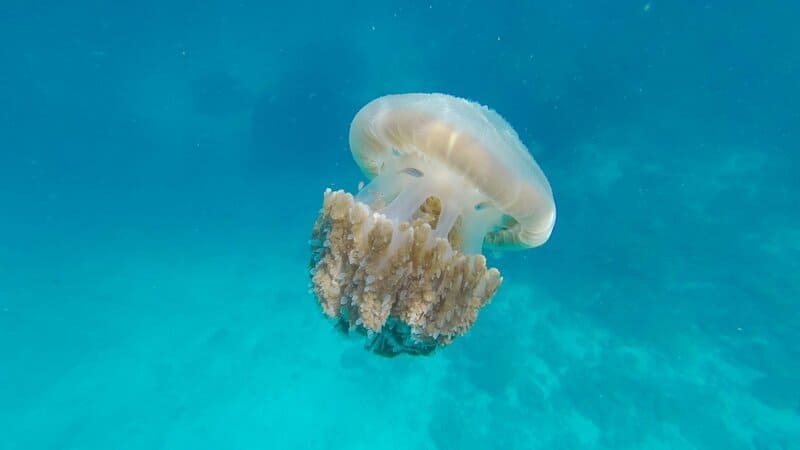
New observations are overturning the idea that jellyfish are strictly solitary.
Researchers have documented coordinated swimming patterns and purposeful cluster formation among certain jellyfish species.
These groups often move together, increasing their efficiency in capturing prey and navigating ocean currents.
Scientific studies even suggest that jellyfish cooperate, communicating through subtle signals in the water.
Such behaviors point to an unexpected level of social complexity, revealing a hidden layer of interaction beneath the ocean’s surface.
3. Underwater Communication: Chemical Signals

Jellyfish are adept at using chemical cues to interact with their environment and each other.
Much like insects use pheromones, jellyfish release specific chemicals into the water to coordinate group movements, attract potential mates, and warn others of lurking predators.
Recent research, such as findings published in Frontiers in Marine Science, reveals how these invisible signals form the backbone of their social networks.
This chemical communication enables rapid, synchronized responses—an elegant adaptation for life in the vast, dynamic ocean.
4. Light Displays: Bioluminescence as Social Signals
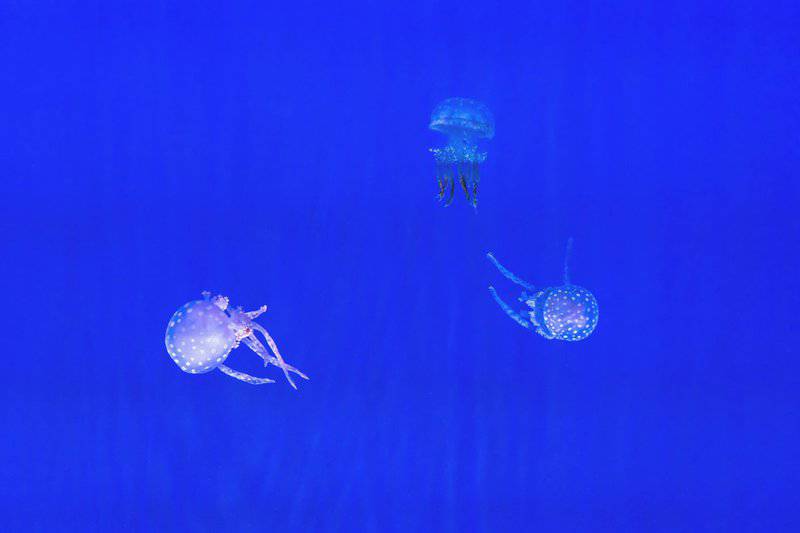
Some jellyfish take communication a step further with bioluminescence—the production of light from within their bodies.
These dazzling displays serve multiple social functions, from deterring predators to attracting mates and even coordinating group behavior in the dark ocean depths.
Scientists have likened this to the signaling of fireflies, with pulses of light acting as coded messages.
Studies such as those found in Nature Scientific Reports are uncovering the intricacies of these glowing underwater conversations.
5. Swarming: The Power of Numbers
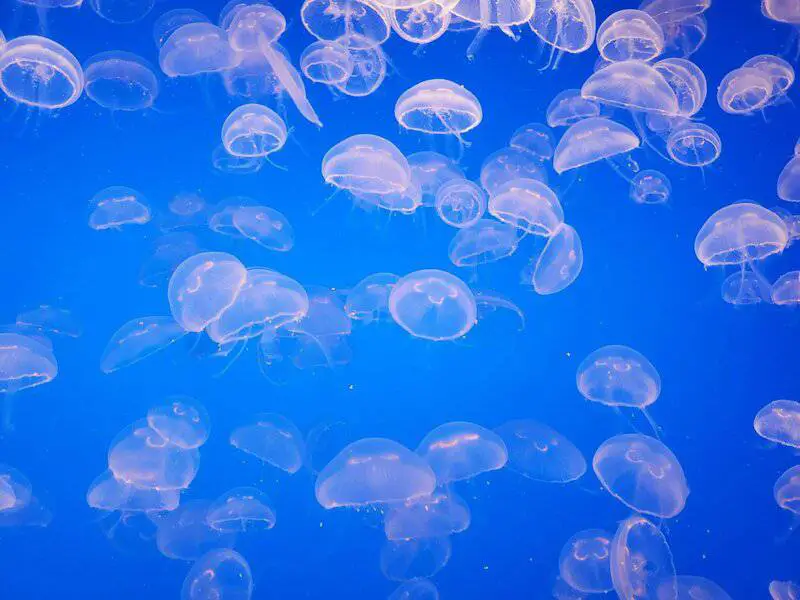
One of the most striking social phenomena in the jellyfish world is the formation of blooms—massive swarms that can number in the millions.
Scientists believe these aggregations are not random but are triggered by social and environmental cues.
Swarming offers significant survival benefits: it confuses predators, enhances reproductive success, and increases the group’s ability to capture prey.
Research suggests these coordinated movements are a testament to the sophisticated social networks that exist, often hidden beneath the waves.
6. Synchronized Pulsing and Hydrodynamics
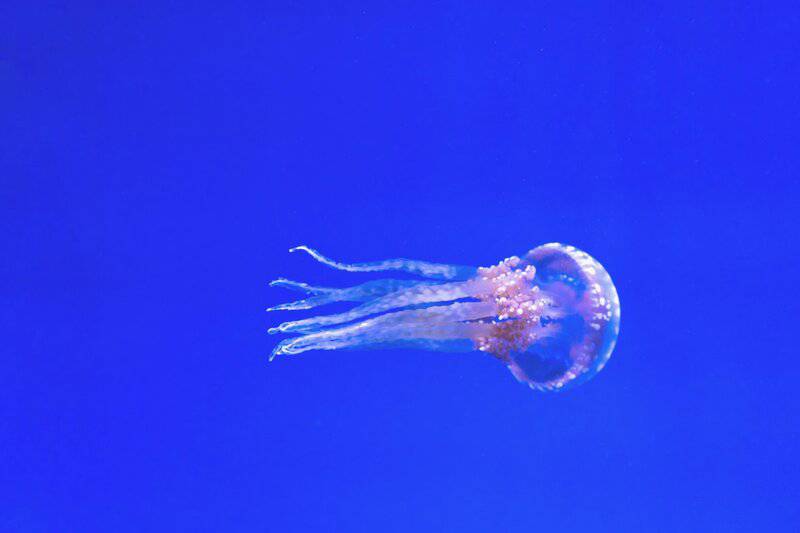
When jellyfish gather in groups, they often engage in synchronized pulsing—rhythmic contractions that propel them through the water in harmony.
This collective behavior, as noted in recent studies, enhances their ability to move efficiently and feed more effectively, echoing the hydrodynamic advantages seen in schooling fish.
By coordinating their movements, jellyfish can create shared currents, making it easier for the group to travel and capture food.
Such synchronization highlights the subtle, yet powerful, ways jellyfish cooperate for mutual benefit.
7. Predator Avoidance: Safety in Social Networks
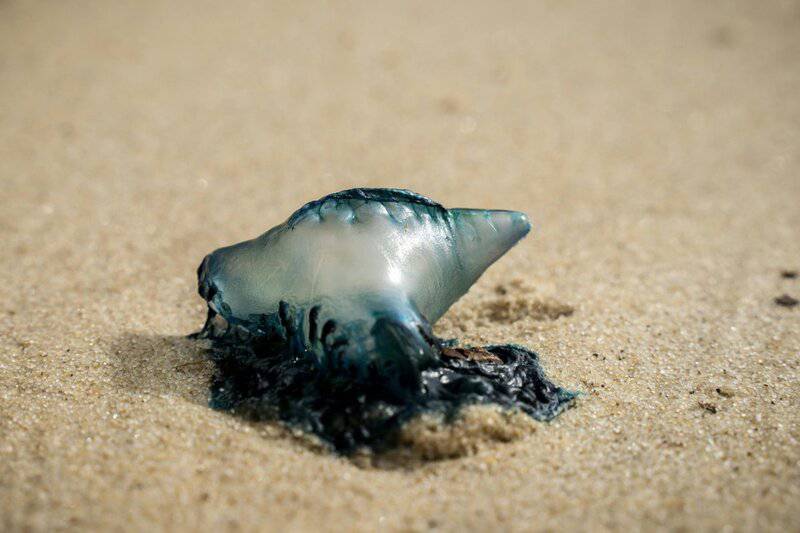
Group living provides jellyfish with a crucial defense against predators.
When clustered together, their sheer numbers can confuse or overwhelm would-be attackers, much like the safety-in-numbers strategy seen in herds or flocks.
Recent research reveals that these social formations are a deliberate adaptation, not mere coincidence.
By forming dense aggregations, jellyfish increase their individual chances of survival, turning what appears to be chaotic drifting into an organized, collective shield against threats.
8. Reproductive Strategies and Social Interaction
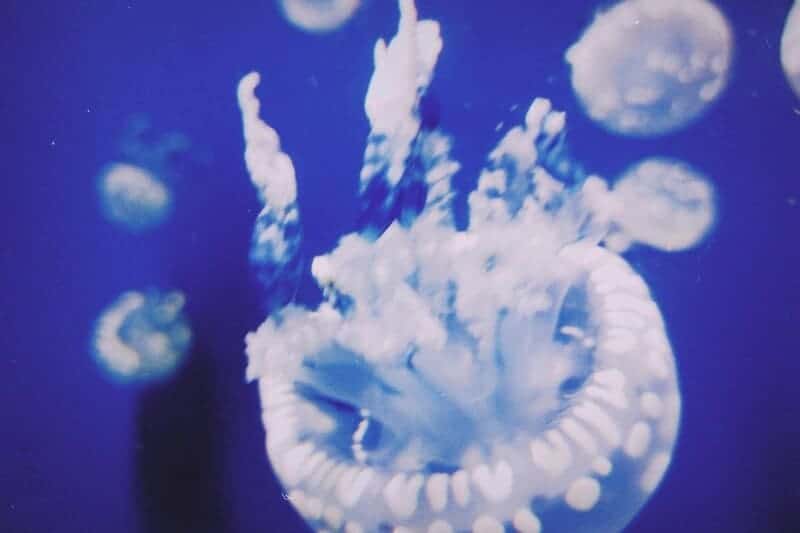
Jellyfish social networks play a pivotal role in their reproductive success.
By gathering in large groups, they can better synchronize mating events, enhancing fertilization rates and ensuring the survival of offspring.
Studies such as those in Current Biology show that these social strategies also promote greater genetic diversity within populations.
The timing and location of reproduction are often influenced by subtle social cues, underscoring the importance of interaction in jellyfish life cycles.
9. Larval Stage Cooperation
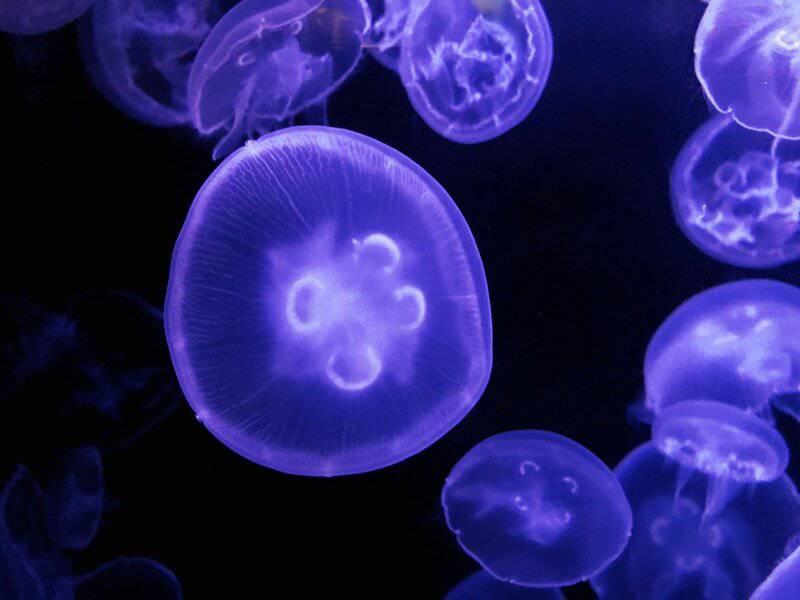
Even at the earliest stages of life, jellyfish demonstrate remarkable cooperative behaviors.
Research from The Journal of Experimental Biology reveals that jellyfish larvae often aggregate, forming dense groups that offer enhanced protection from predators.
This collective behavior increases the likelihood of safe settlement on suitable substrates, much like the pack strategies seen in more complex animals.
Such early social tendencies set the stage for the intricate networks that persist throughout their lives.
10. Neural Nets: The Jellyfish Nervous System
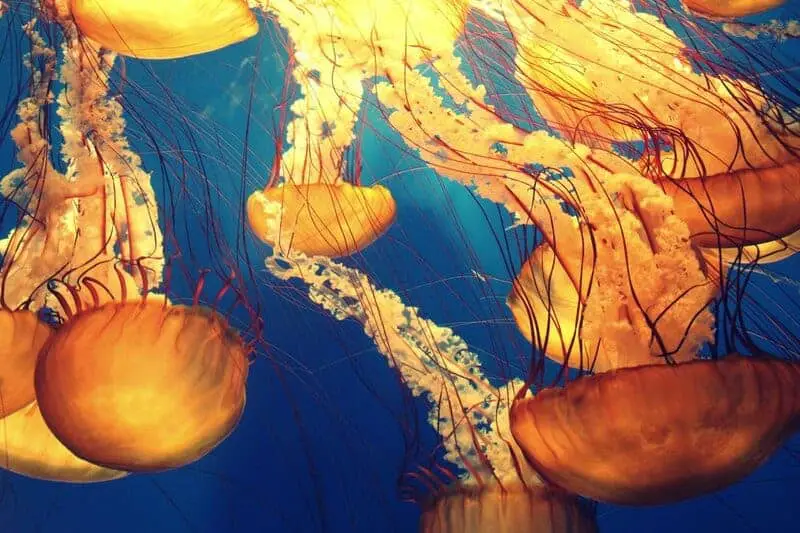
Unlike animals with centralized brains, jellyfish rely on a decentralized nerve net to sense and react to their surroundings.
This unique system allows them to process social and environmental cues simultaneously, supporting coordinated group behaviors.
As detailed in Nature Reviews Neuroscience, the nerve net transmits information across their bodies, enabling rapid responses without the need for a central control center.
This distributed intelligence is crucial for managing the complex interactions found within jellyfish social networks.
11. The Role of Environmental Triggers

Jellyfish social networks don’t exist in isolation—they are deeply influenced by environmental factors such as temperature, salinity, and ocean currents.
Shifts in these conditions often trigger mass gatherings, synchronized movements, and changes in reproductive timing.
According to research in PNAS, these triggers can shape the structure and dynamics of jellyfish populations, underscoring the interconnectedness between their social behavior and the ever-changing marine environment.
12. Technology: Tagging and Tracking Jellyfish
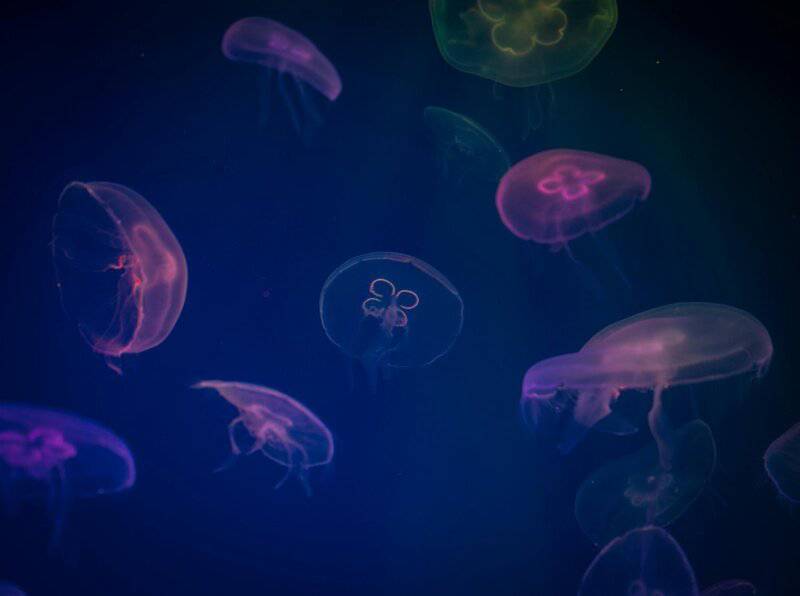
The mysteries of jellyfish social networks are being unraveled thanks to miniaturized electronic tags and agile underwater robots.
These advanced tools allow scientists to follow individual jellyfish and entire groups, capturing real-time data on their movements and interactions.
As reported by ScienceDaily, such technology has illuminated how jellyfish coordinate with each other, respond to environmental cues, and form dynamic networks.
These insights are reshaping our understanding of jellyfish societies and the intricate ways they navigate their watery world.
13. Artificial Intelligence and Social Pattern Analysis
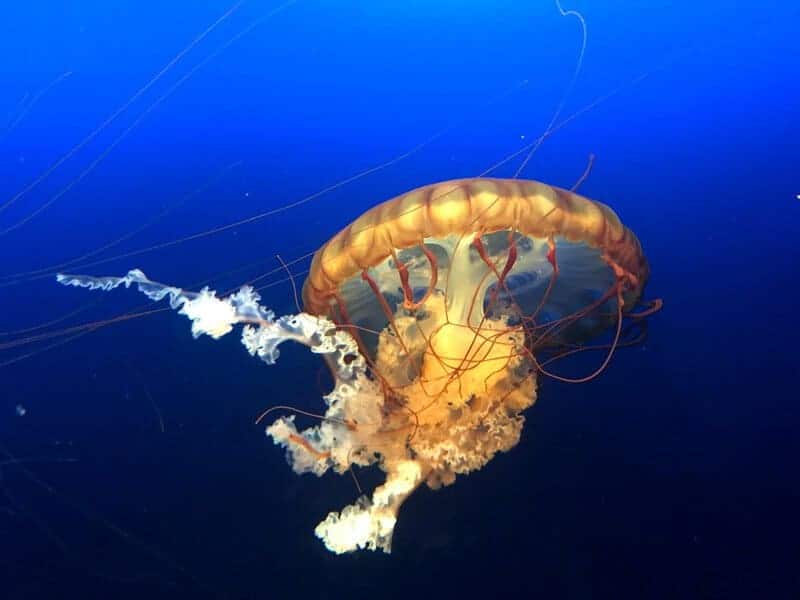
The vast amounts of movement data generated by tracking jellyfish would be overwhelming without the power of artificial intelligence.
Machine learning algorithms now sift through this data, identifying patterns and unveiling hidden social structures that would otherwise go unnoticed.
Groundbreaking research published in Nature Scientific Reports demonstrates how AI can reveal subtle group dynamics, leadership roles, and communication pathways.
This technological leap is helping scientists decipher the complex language of jellyfish interactions with unprecedented clarity.
14. Ecological Impact of Jellyfish Networks

The influence of jellyfish social networks extends far beyond their own species.
When jellyfish form large groups, they can reshape entire marine ecosystems by altering food webs and nutrient cycles.
Their predation and movement patterns impact populations of plankton, fish, and other sea life, sometimes tipping the ecological balance.
As detailed in Science, understanding these networks is crucial for predicting the ripple effects jellyfish have on oceanic health and biodiversity.
15. Interspecies Interactions and Community Networks
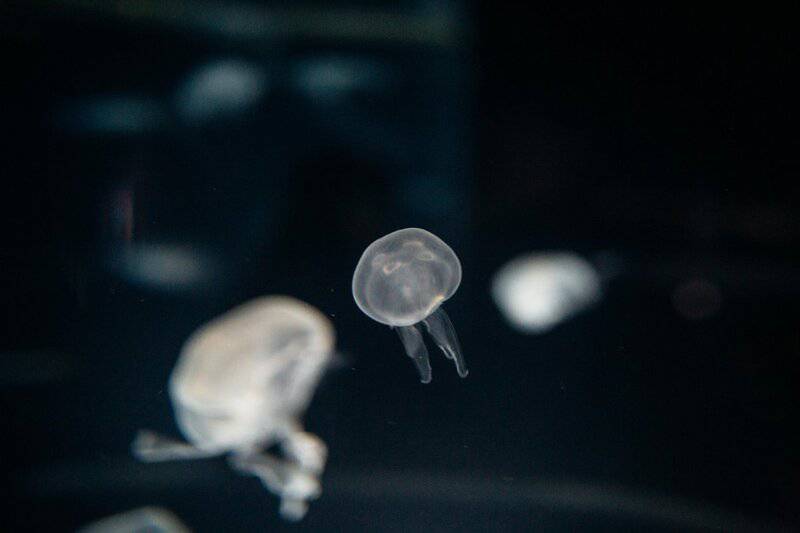
Jellyfish social networks often extend to include a variety of other marine organisms.
Some fish, crustaceans, and even tiny larvae find shelter among jellyfish tentacles, forming unique interspecies communities.
According to research in the Journal of Plankton Research, these relationships can be mutualistic, offering benefits such as protection or shared feeding opportunities.
Such interactions reveal that jellyfish are not isolated actors but central nodes in complex underwater social webs.
16. Microbiomes and Social Health
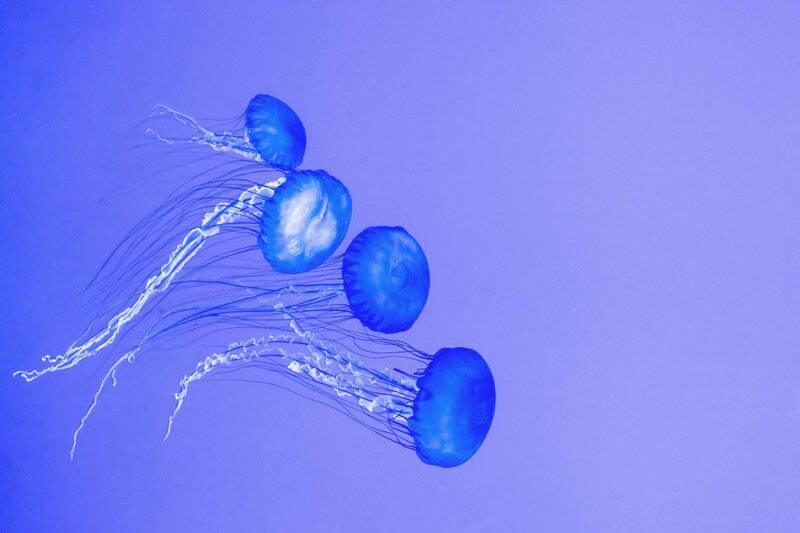
The health and success of jellyfish social groups are intimately connected to the microbiomes they harbor.
Each jellyfish carries a unique community of bacteria that can influence immunity, development, and even social interactions.
Studies like those in The ISME Journal highlight how changes in these bacterial communities can impact the wellbeing of entire blooms.
Understanding the interplay between jellyfish and their microbiomes offers fresh insight into how social health is maintained beneath the ocean’s surface.
Conclusion
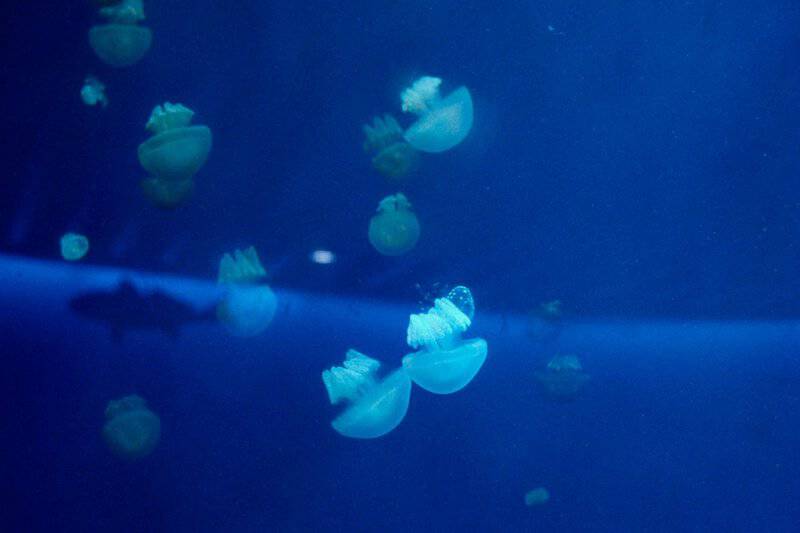
The revelations of the past two decades have revolutionized our view of jellyfish, transforming them from solitary enigmas into complex social architects of the sea.
Scientific breakthroughs have uncovered their vibrant group behaviors, intricate communication networks, and ecological influence—challenging our notions of intelligence and cooperation in the animal kingdom.
As we deepen our exploration of these ancient creatures, we also expand our understanding of sociality itself.
Let us continue to support research that reveals the hidden connections shaping life beneath the waves—and, perhaps, redefines what it means to be social.
.article-content-img img { width: 100% }



Vielleicht interessiert es Sie:
Wussten Sie! Minensuchratten auf dem Schlachtfeld und sie sind super effektiv!
Wie viele Giraffenarten gibt es? Leben sie alle in Afrika?
Der Vogel ist das Weibchen der Vögel: wahr oder falsch?
Warum bauen Biber Dämme? Welchen Nutzen?
Warum leben manche Tiere nachtaktiv? Welche Vorteile?
Küssen Tiere? Ist das die gleiche Bedeutung wie Menschen?
200+ Hilarious Seahorse Jokes That Will Make You Smile and Giggle
200+ Funny Investment Jokes to Boost Your Financial Humor Game